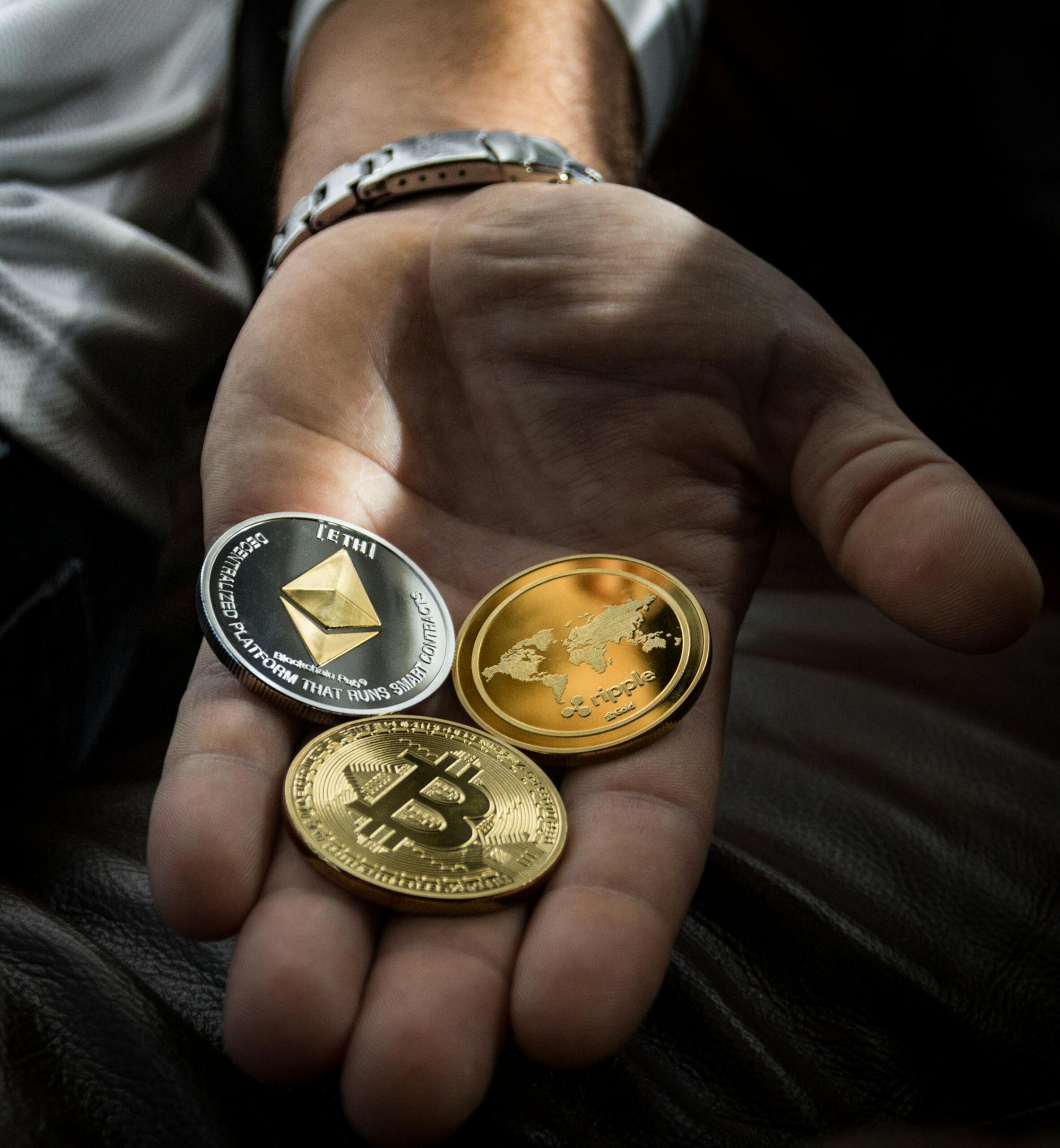The Future of DeFi: How Decentralized Finance Is Shaping Global Markets
Imagine a world where financial transactions are faster, cheaper, and more accessible to everyone, regardless of their geographical location or socio-economic background. Welcome to the world of Decentralized Finance (DeFi), a revolutionary concept that’s transforming the way we think about money and finance.
In this article, we’ll delve into the fascinating realm of DeFi, exploring its current state, future prospects, and the impact it’s having on global markets. Buckle up, folks!
What is DeFi?
DeFi is an umbrella term that encompasses a broad range of financial services and applications built on blockchain technology. It aims to provide an alternative to traditional finance by creating a decentralized, trustless, and permissionless system for lending, borrowing, trading, and more.
Think of it like this: Traditional finance relies heavily on intermediaries like banks, brokerages, and other financial institutions. These middlemen often charge hefty fees, impose stringent regulations, and limit access to financial services. DeFi seeks to disrupt this status quo by leveraging blockchain’s inherent decentralization, transparency, and security features.
Key Components of DeFi
To understand the future of DeFi, it’s essential to grasp its core components:
- Decentralized Exchanges (DEXs): These platforms enable peer-to-peer trading without relying on traditional exchanges.
- Lending Protocols: Platforms like Compound and Aave allow users to lend and borrow cryptocurrencies in a trustless environment.
- Stablecoins: Cryptocurrencies pegged to the value of a fiat currency, providing a stable store of value and medium of exchange.
- Decentralized Finance (DeFi) DApps: Applications built on blockchain, offering various financial services such as prediction markets, options trading, and more.
The Current State of DeFi
As we write this article, the DeFi space is booming. According to a recent report by ConsenSys, the total value locked in DeFi protocols has surpassed $10 billion. The ecosystem is growing rapidly, with new projects emerging every week.
Some notable trends in the current DeFi landscape include:
- Yield Farming: Users are seeking high-yielding investment opportunities on lending protocols and yield farming platforms.
- Decentralized Governance: Many DeFi projects are adopting decentralized governance models, giving token holders a say in decision-making processes.
- Increased Institutional Adoption: Traditional financial institutions are starting to take notice of DeFi’s potential, with some even launching their own DeFi-focused initiatives.
The Future of DeFi: Trends and Predictions
As we gaze into the crystal ball, here are some trends and predictions that might shape the future of DeFi:
- Mainstream Adoption: Expect more mainstream financial institutions to enter the DeFi space, bringing with them a surge in adoption and regulatory clarity.
- Scalability Solutions: With the growth of DeFi comes increased pressure on blockchain scalability. We can anticipate significant advancements in sharding, layer 2 solutions, and other scaling technologies.
- Regulatory Clarity: Governments and regulatory bodies will need to provide clearer guidelines for DeFi operations. This might lead to more favorable conditions for DeFi projects.
- Decentralized Identity Solutions: As DeFi grows, so does the importance of secure, decentralized identity management systems.
- Interoperability: Expect greater emphasis on interoperability between different blockchain networks and DeFi protocols.
Challenges Facing DeFi
While the future looks bright for DeFi, there are still challenges to be addressed:
- Regulatory Uncertainty: The lack of clear regulations creates uncertainty and risk for DeFi projects.
- Security Risks: Smart contract vulnerabilities, 51% attacks, and other security threats can have devastating consequences for DeFi protocols.
- Scalability Issues: Blockchain scalability limitations hinder the widespread adoption of DeFi applications.
- User Experience: The complexity of DeFi products often creates a barrier to entry for new users.
The Impact on Global Markets
DeFi’s influence is already being felt in global markets, with potential far-reaching consequences:
- Increased Financial Inclusion: DeFi has the potential to bring financial services to underserved communities and emerging markets.
- Reducing Transaction Costs: By eliminating intermediaries, DeFi can significantly lower transaction costs for businesses and individuals alike.
- Improved Market Efficiency: Decentralized finance can increase market efficiency by providing real-time price discovery and reducing liquidity issues.
Conclusion
The future of DeFi is bright, but it’s not without its challenges. As the ecosystem continues to grow and mature, we can expect significant advancements in scalability, regulatory clarity, and user experience.
One thing is certain: Decentralized Finance has already started to reshape global markets, and its influence will only continue to grow. Whether you’re a seasoned entrepreneur or an industry newcomer, it’s essential to keep a close eye on DeFi’s evolution and be prepared for the opportunities and challenges that lie ahead.
As the world of finance becomes increasingly decentralized, one thing is clear: The future of money is DeFi.









